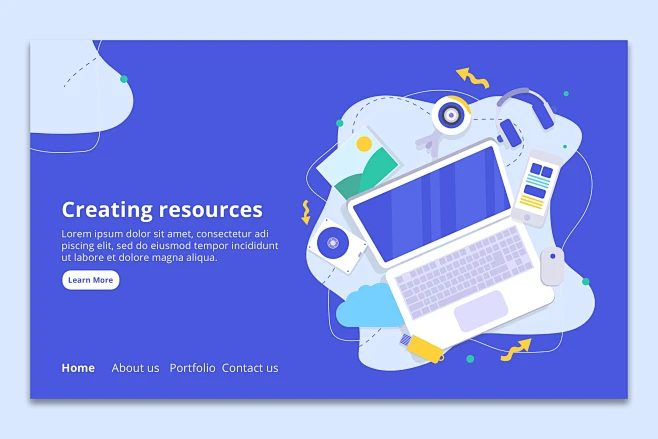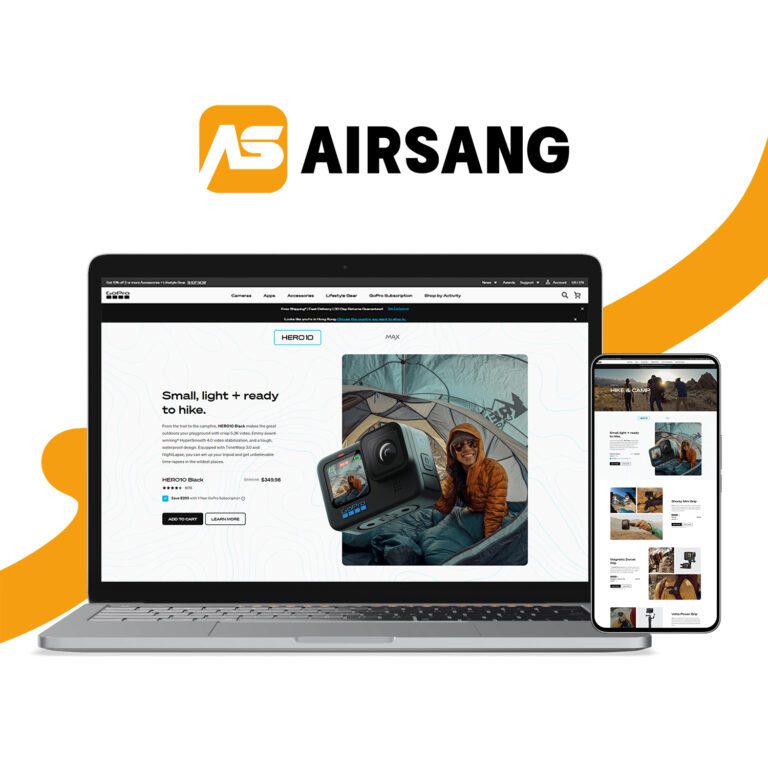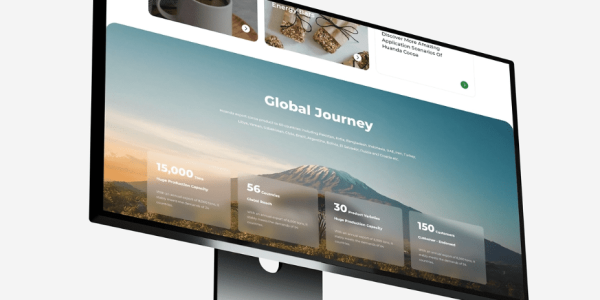Why Is Your Average Order Value Declining
Have you noticed your Average Order Value (AOV) gradually declining and can’t pinpoint the reason? You’re not alone. AOV is a quiet but powerful metric that directly impacts your revenue. When it starts to slip, it often points to deeper issues within your store’s customer journey, product offering, or overall user experience.
At Airsang Design, we help brands uncover these hidden friction points through data-driven design and conversion-focused strategies. Before hitting the panic button, let’s break down the most common reasons AOV drops—and how to fix them with smart, high-impact solutions.

Understanding Average Order Value (AOV)
Here’s a shorter version:
AOV is the average amount a customer spends per order on your site. It’s calculated as:
AOV = Total Revenue ÷ Number of Orders
It’s key to understanding customer spend, measuring marketing ROI, and shaping pricing strategies. A drop means more effort for less return.
Why Your Average Order Value Might Be Dropping
Cross-Sells and Upsells Losing Impact?
Even with bundles or “frequently bought together” offers, poor visibility or irrelevant suggestions can kill performance. Changes in layout or outdated logic often make these add-ons easy to miss—or worse, feel pushy.
To boost results, try:
- Showing offers earlier (on product/cart pages)
- Bundling based on real purchase data
- Using social proof (e.g. “most popular set”)
- Adding urgency with low stock or limited-time deals
Heavy Discounts Are Undermining Full-Price Sales
Discounts: Powerful, but Risky
Frequent promos can train customers to wait for deals, lowering AOV and encouraging smaller, coupon-driven purchases.
To protect full-price sales and boost value:
- Use tiered offers (e.g. “Spend $100, save $15”)
- Set free shipping just above current AOV
- Promote bundles over individual discounts
- Limit stacking of discount codes
Smart tweaks like these drive higher spend without eroding brand value.

Changes in Your Product Lineup
Sometimes AOV drops not because of customer behavior, but because your product mix has changed. If high-ticket items are out of stock or buried, shoppers turn to cheaper options.
Adding more low-cost products can also skew your average. To counter this, highlight premium items and rebalance your merchandising to encourage higher-value purchases.
Poor Mobile Experience Is Limiting Order Value
Mobile traffic often beats desktop—but not in revenue. Smaller screens and distractions lead to quicker, lower-value purchases and fewer upsells.
Boost AOV by improving mobile UX:
- Speed up load times
- Simplify navigation and CTAs
- Use quick-add and sticky cart buttons
- Auto-fill forms and shorten checkout steps
- Optimize for one-handed use
Checkout Friction Is Costing You Sales
Checkout is where many high-value orders break down. Hidden fees, long forms, or limited payment options can lead to smaller carts or drop-offs.
To fix this, use tools like heatmaps to spot friction points, simplify the process, show clear pricing, and offer flexible payment methods.
Your Shoppers Are Acting Differently
Sometimes the change isn’t in your store—it’s in your customers. Economic shifts or lifestyle trends can lead to more cautious spending.
Use surveys and analytics to spot new buying patterns, then adjust your offers, messaging, and promotions to match what customers value now.
Lack of Personalisation Could Be Costing You
Showing the same content to every visitor—new or returning—misses chances to boost AOV.
Even simple personalization, like targeted product suggestions or exclusive bundles for repeat customers, can increase engagement and spending.
Tracking Errors Could Be Skewing AOV
Not all AOV drops are real—tracking errors after a site update can distort your data. Untagged pages or misattributed conversions may be to blame.
Before acting, compare analytics with real order data to catch discrepancies and confirm your tracking is accurate.
Start with the Data: Find the Root Cause
Start with analytics and look for:
- When AOV started dropping
- If it’s device-specific (e.g. mobile)
- Affected traffic sources or campaigns
- Shifts in product category interest
These insights help you zero in on the real issue—whether it’s pricing, UX, inventory, or targeting.
Ready to Boost Your AOV? Begin with These Steps
Once you spot what’s dragging AOV down, try these quick wins:
- Bundle frequently bought items
- Set free shipping just above current AOV
- Use smart, personalized upsells at checkout
- Reward loyalty with exclusive perks
- Apply pricing tactics like charm or anchor pricing
Conclusion
Your website design plays a major role in shaping AOV—from product layout to mobile UX and checkout flow.
At Airsang Design, we specialize in conversion-focused websites that drive results. If your AOV is slipping, we’ll help uncover what’s holding it back and optimize your store to boost performance.
Book a free consultation and let’s turn more visits into higher-value sales!
















